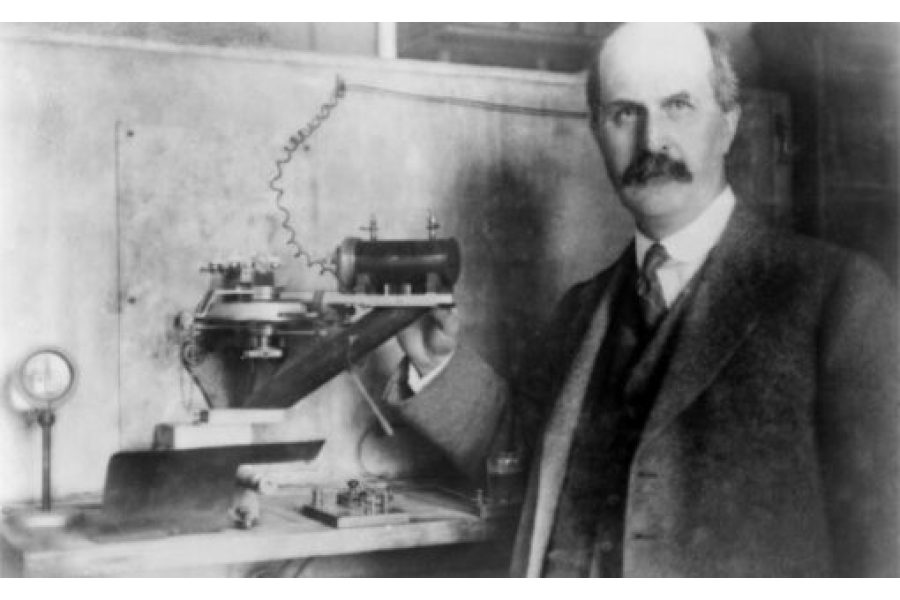Skip to contentLaue: a revolutionary advancement in X-ray crystallography
wellman2023-11-27T09:25:57+08:00In the field of materials science and structural biology, the study of crystal structures plays a crucial role in understanding the properties and behavior of various substances. X-ray crystallography has long been a powerful tool for determining the atomic and molecular arrangements within crystals. Among the various techniques used in this field, Laue diffraction has emerged as a revolutionary advancement, offering new possibilities and insights into crystallographic research.
Understanding Laue Diffraction:
Laue diffraction, named after the German physicist Max von Laue, is a technique that utilizes the interaction of X-rays with crystalline materials to determine their atomic arrangements. Unlike traditional X-ray crystallography, which relies on the rotation of a crystal to obtain a complete diffraction pattern, Laue diffraction captures a snapshot of the crystal’s diffraction pattern by exposing it to a polychromatic X-ray beam.

Principles of Laue Diffraction:
The fundamental principle behind Laue diffraction lies in the interaction of X-rays with the crystal lattice. When X-rays pass through a crystal, they interact with the electrons in the atoms, resulting in constructive and destructive interference patterns. These interference patterns produce a diffraction pattern that can be captured on a photographic film or a digital detector.
Applications of Laue Diffraction:
Laue diffraction has found applications in various scientific disciplines, including materials science, chemistry, and structural biology. It is particularly useful in studying dynamic processes, such as phase transitions, chemical reactions, and protein dynamics. By capturing a snapshot of the crystal’s diffraction pattern, Laue diffraction enables researchers to observe rapid changes in atomic arrangements, providing valuable insights into the behavior of materials under different conditions.

Laue diffraction has revolutionized the field of X-ray crystallography by providing a powerful tool for studying dynamic processes and complex crystal structures. Its ability to capture time-resolved data and analyze crystals with low symmetry has opened up new avenues for scientific research. As researchers continue to explore the potential of Laue diffraction, we can expect further advancements in our understanding of materials and biological systems at the atomic level.
Share this to your social media







